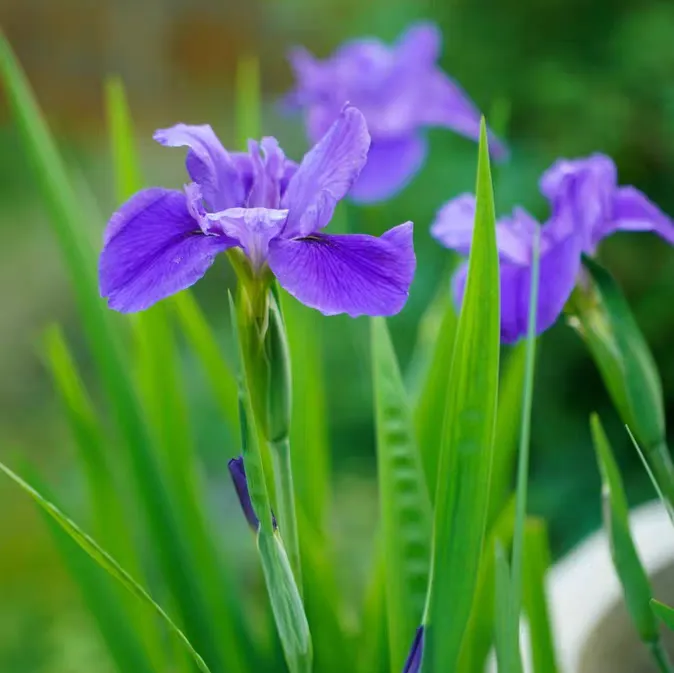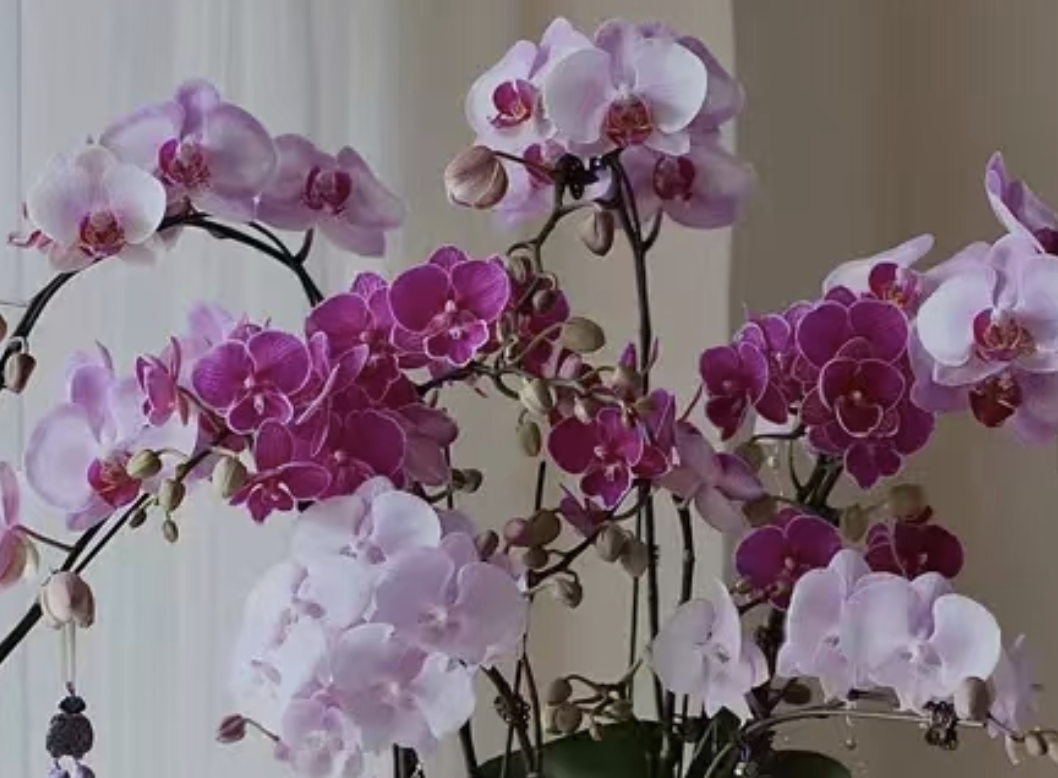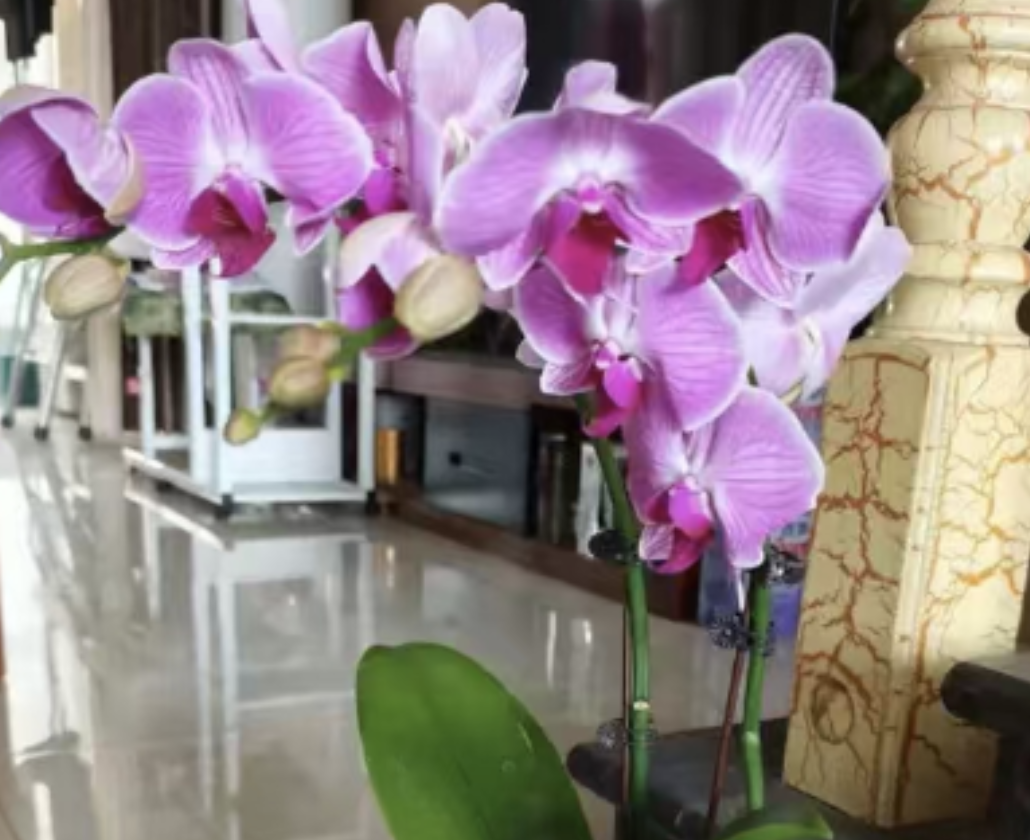Iris, also known as blue butterfly, purple butterfly, etc., is a beautiful and elegant flower.
The flower of iris has a unique shape. The petals are arranged in a fan shape and come in a rich variety of colors, including blue, purple, white, yellow, etc. The flowers are usually large, with a diameter of about 10 centimeters. Its leaves are slender and sword-shaped, green and lustrous.
The flower language of iris mainly includes messenger of love, long-lasting friendship, light and hope. Its implication is rich and beautiful. Whether it is love or friendship, sincere emotions can be conveyed through it.
Iris has strong adaptability and generally likes to grow in places with sufficient sunlight and good drainage. It can be planted in flower beds and gardens, and can also be used as potted plants for viewing. The flowering period is relatively long, which can bring people a long-term visual enjoyment.
Planting methods of iris:
1. Soil selection: Iris likes fertile and well-drained soil. You can choose soil mixed with rich humus, river sand and organic fertilizer.
2. Planting time: Generally plant in spring or autumn.
3. Planting method: Bury the rhizome of iris in the soil at a depth of about twice the length of the rhizome. Then water thoroughly and keep the soil moist.
4. Light and temperature: Iris likes sufficient sunlight, but it can also adapt to a semi-shady environment. The suitable growth temperature is 15 - 25°C.
5. Watering and fertilizing: During the growth period, keep the soil moist but avoid waterlogging. Apply organic fertilizer or compound fertilizer regularly to meet its growth needs.
Precautions for iris:
1. Avoid waterlogging: Iris is not tolerant to waterlogging. Therefore, choose soil and flowerpots with good drainage to avoid root rot caused by excessive watering.
2. Moderate fertilization: Fertilize in moderation to avoid damage to the plant caused by excessive fertilization.
3. Pest control: Check the plants regularly and take timely measures to control pests and diseases when found. Pesticides or biological control methods can be used.
4. Winter maintenance: In winter, pay attention to keeping warm to avoid freezing of iris. It can be moved indoors or covered with insulation measures.
What are the flower language and implication of iris?

Share with
Tagged in :




Leave a Reply